Cubital Tunnel Syndrome Exercises
Body Part:
Arm / Elbow
Equipment:
Midi & Mini Foam Roller
Level:
Beginner
Body Part:
Arm / Elbow
Equipment:
Midi & Mini Foam Roller
Level:
Beginner
Cubital tunnel syndrome is a condition that causes pain, tingling, numbness, and muscle weakness in the arms, hands, pinky and ring fingers. Also known as ulnar neuropathy and ulnar nerve entrapment, cubital tunnel syndrome happens when the ulnar nerve is compressed at the elbow and becomes irritated. We’ve developed an exercise routine that can help relieve symptoms of cubital tunnel syndrome. All you need are our Midi and Mini Foam Rollers. Jump to our routine to start exercising, or keep reading to learn more about cubital tunnel syndrome.
The ulnar is the largest nerve in our body. It helps us with the movement of our forearms, hands, pinky and ring fingers. It also provides physical sensation to those body parts and the outside edges of our hands. The ulnar nerve runs from our neck, down our arm into our hands. Along the way, the ulnar nerve travels through the cubital tunnel, a passageway inside the elbow made up of fasciae and bones. The cubital tunnel is narrow, and the ulnar nerve is the only bodily structure that passes through the opening. If the nerve becomes inflamed, the cubital tunnel narrows, and the ulnar is compressed. Ulnar nerve entrapment is the second most common form of nerve damage that occurs in the arm, wrist, and hand after carpal tunnel syndrome. 1)
You may be at risk of developing cubital tunnel syndrome if:
In some cases, what causes cubital tunnel syndrome is unknown.
Cubital tunnel syndrome symptoms are:


For this exercise, you’ll need our Mini Foam Roller. You can perform this exercise against the wall or on a table.
You might need to adjust the height of the Mini Foam Roller so that you can keep the pressure consistent.
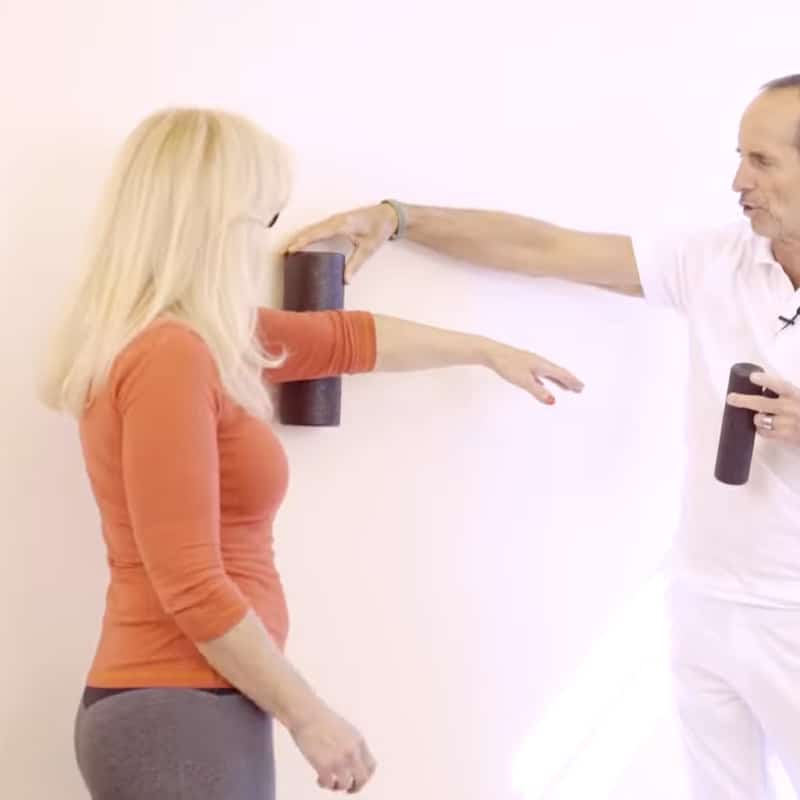
For this exercise and the next, you’ll need our Midi Foam Roller.
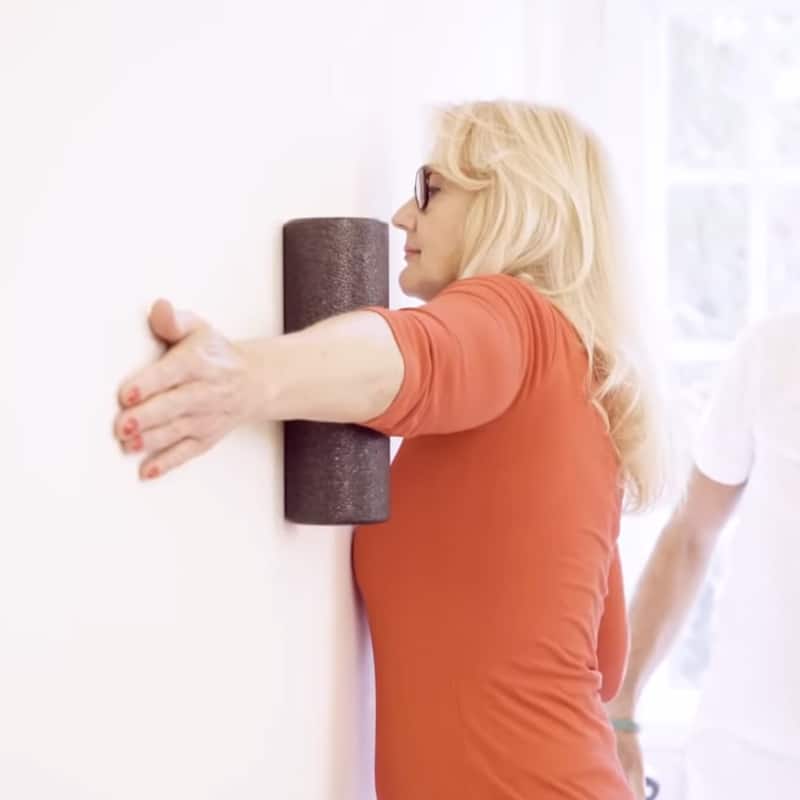
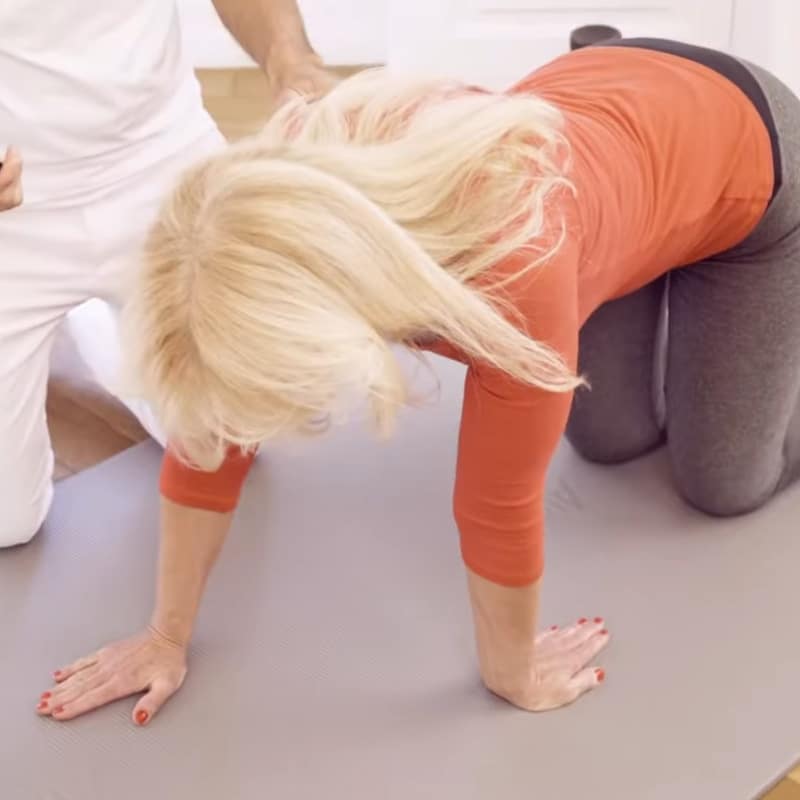
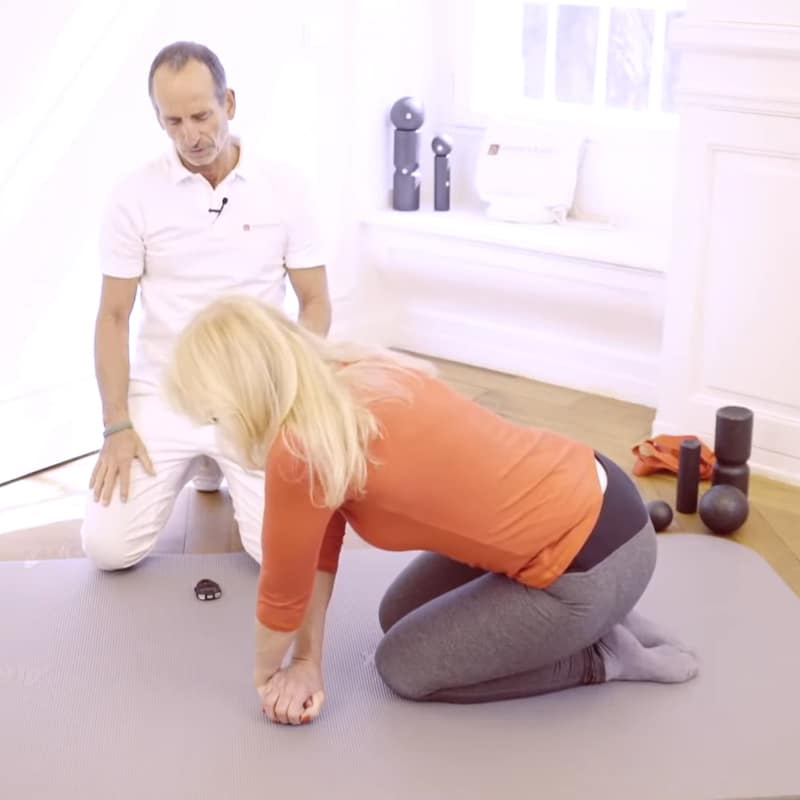
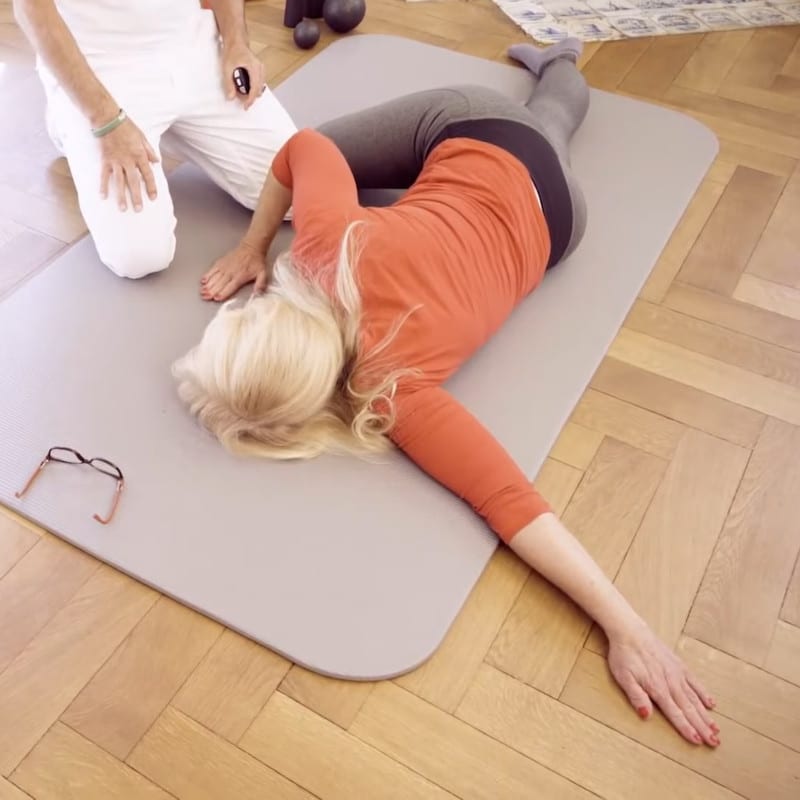
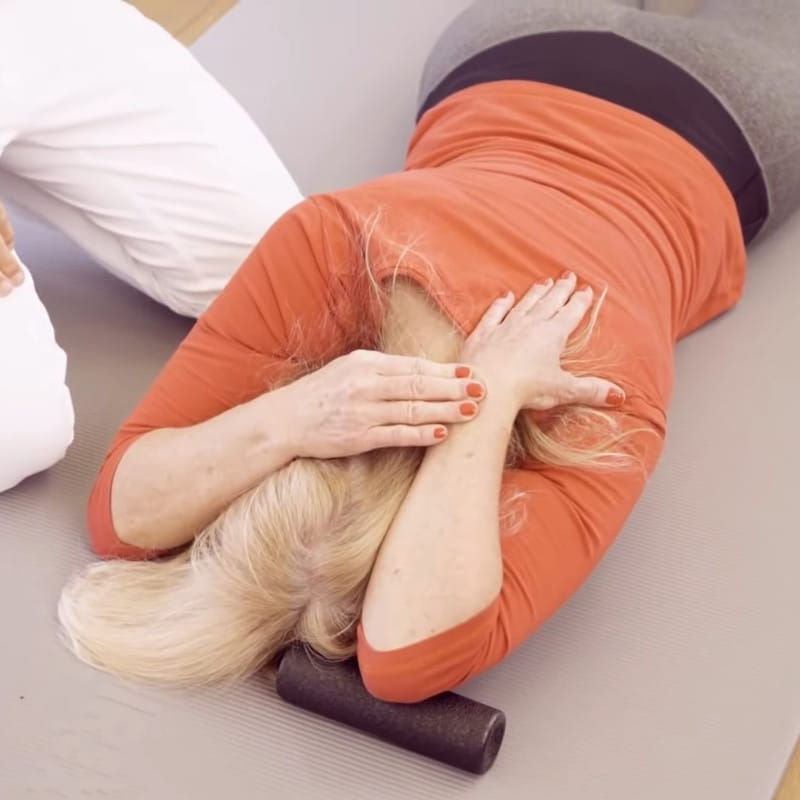
Perform our cubital tunnel syndrome exercises 6 days a week and leave one day for rest. But don’t stop when the pain does. Continuing to exercise can help prevent cubital tunnel syndrome from coming back.
Take the pressure off of your median nerve with this 10-minute routine. No more tingling or numbness in your hands.
Relieve Carpal Tunnel PainIf your elbow hurts, consistently stretching your arm can help manage the pain. This 2-step routine takes just 5 minutes.
Manage Your Elbow PainThe perfect 15-minute stress reliever! This full-body stretch helps increase flexibility, keeps your joints and fascia healthy, and clears your head.
De-stress From Head to Toe